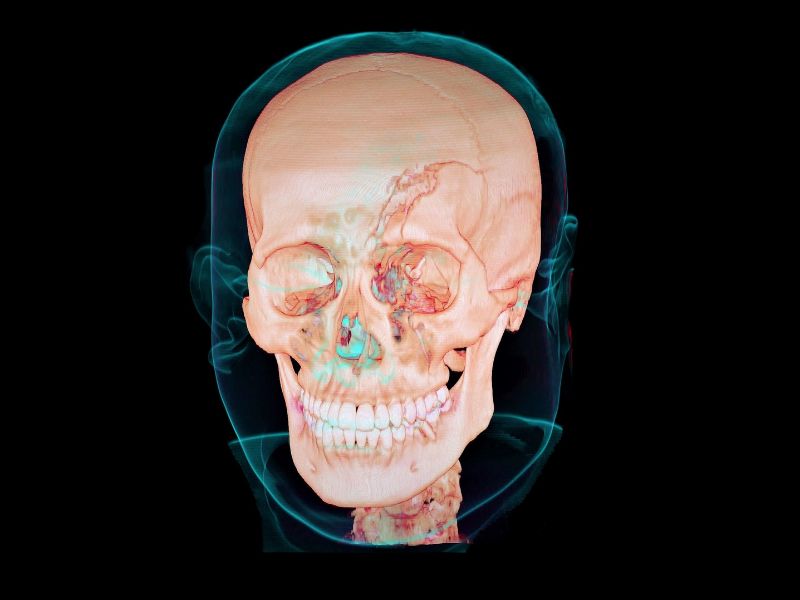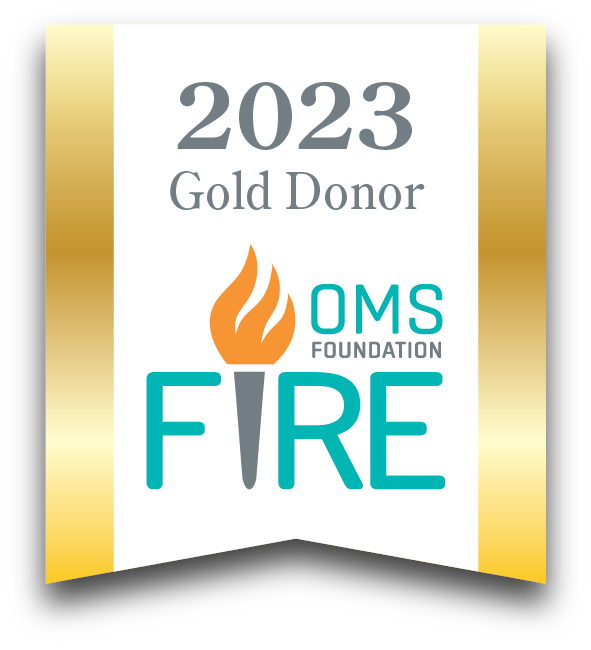Facial Trauma: Restoring What Matters Most
Injuries to the face don’t just leave a mark—they can disrupt how a person speaks, eats, breathes, even how they express emotion. One moment, everything functions without thought. Then an accident—often sudden, always jarring—throws that balance off entirely.
What makes facial trauma so challenging is that it touches both form and function. Unlike a broken arm, a fractured jaw or torn muscle around the eye doesn't just need to heal—it needs to return to a working system. It’s personal. It’s visible. And it requires a kind of surgical precision that goes beyond basic injury repair.
No Two Injuries Are the Same
Facial trauma happens in many ways—and rarely with warning. Outcomes vary just as widely:
- A fall on the ice
- A baseball to the cheekbone
- A car accident
- A bike crash
Sometimes it’s a clean break—like a nasal fracture or dislocated jaw. Other times, the damage runs deeper: multiple bones disrupted, nerves stretched or severed, teeth knocked out entirely.
Structures rely on one another. A shift in the upper jaw can throw off the bite. A damaged orbital floor might affect how the eye sits—or moves. Even a small fracture can, if left untreated, lead to chronic pain or dysfunction years later. That’s why early, expert evaluation matters so much.
Behind the Scenes of Surgical Repair
Treatment begins with clear imaging—CT or cone beam scans that map where bones have broken or shifted and how surrounding tissues are affected.
- Closed reduction: moving a fracture back into place without an incision.
- Open reduction and internal fixation: accessing the bone directly, lining it up precisely, and securing it with titanium plates.
- Soft tissue repair: reconnecting nerves or aligning muscle and skin layers with precision for both function and aesthetics.
Why Materials and Methods Matter
The choice of materials influences recovery:
- Titanium: durable, biocompatible, and resistant to corrosion—ideal for bone fixation.
- Custom implants or grafts: used for rebuilding cheekbones, eye sockets, or jaw structures.
- Bioactive dressings: support soft tissue healing and reduce inflammation.
- Bone grafting: restores lost foundation, often necessary before dental implants.
The Outcome: More Than a Scar
With timely and expert care, patients often regain both function and confidence. The face is how we greet the world, so aesthetics matter just as much as structure.
- Cheekbone alignment planned for symmetry
- Scars hidden in natural folds
- Staged treatments when needed
- Physical therapy or follow-up for long-term recovery
Healing takes time—bones mend gradually, nerves may take months to recover, and swelling can mask results. But step by step, the goal is to restore both comfort and expression.
In Closing
Facial trauma interrupts life in unexpected ways—but with thoughtful care, it doesn’t have to define the future. Surgical expertise, careful timing, and attention to both form and function make all the difference in long-term recovery.
To speak with a surgeon trained in the complexities of facial trauma, please call (515) 416-6653.












